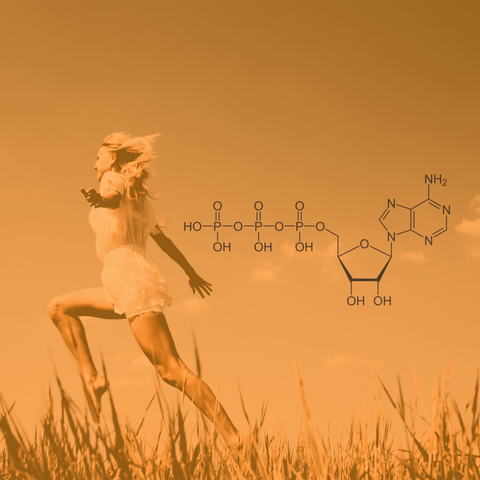Learning & education: Mitochondria

You’ve probably heard vitamin B3 described as the nutrient that “boosts your cellular energy.” It sounds catchy, but it’s not quite true. B3 doesn’t act like caffeine or flip a switch in your mitochondria. What it actually does is support NAD⁺, a molecule your cells rely on to produce energy in the first place.

ATP synthase (also referred to as F1 Fo -ATPase or H+ -ATPase) is an extraordinarily prevalent complex of proteins found in all living organisms. Despite variations, ATP synthases are highly similar across species both structurally and functionally.

In today’s article, we are going to talk about why mitochondria are so vital, discuss some of the problems that can emerge, and examine current methods of testing for mitochondrial function. We will also assess how these testing methods can be used to support optimal health and well-being.

Mitochondria are essential structures present in the majority of eukaryotic life forms, including humans. Mitochondria are responsible for generating more than 90% of the body's energy, primarily in the form of adenosine triphosphate (ATP) [1]. When ATP breaks down, it releases essential energy crucial for maintaining life and ensuring proper functioning of organs [2].

“Powerhouse of the cell” and “battery of a car” are some common analogies you may have heard used to describe the mitochondria [1]. These analogies oversimplify the functions and role of mitochondria in cell physiology. In contrast to powerhouses with a single energy transformation purpose, mitochondria are multifaceted and multifunctional [1].

